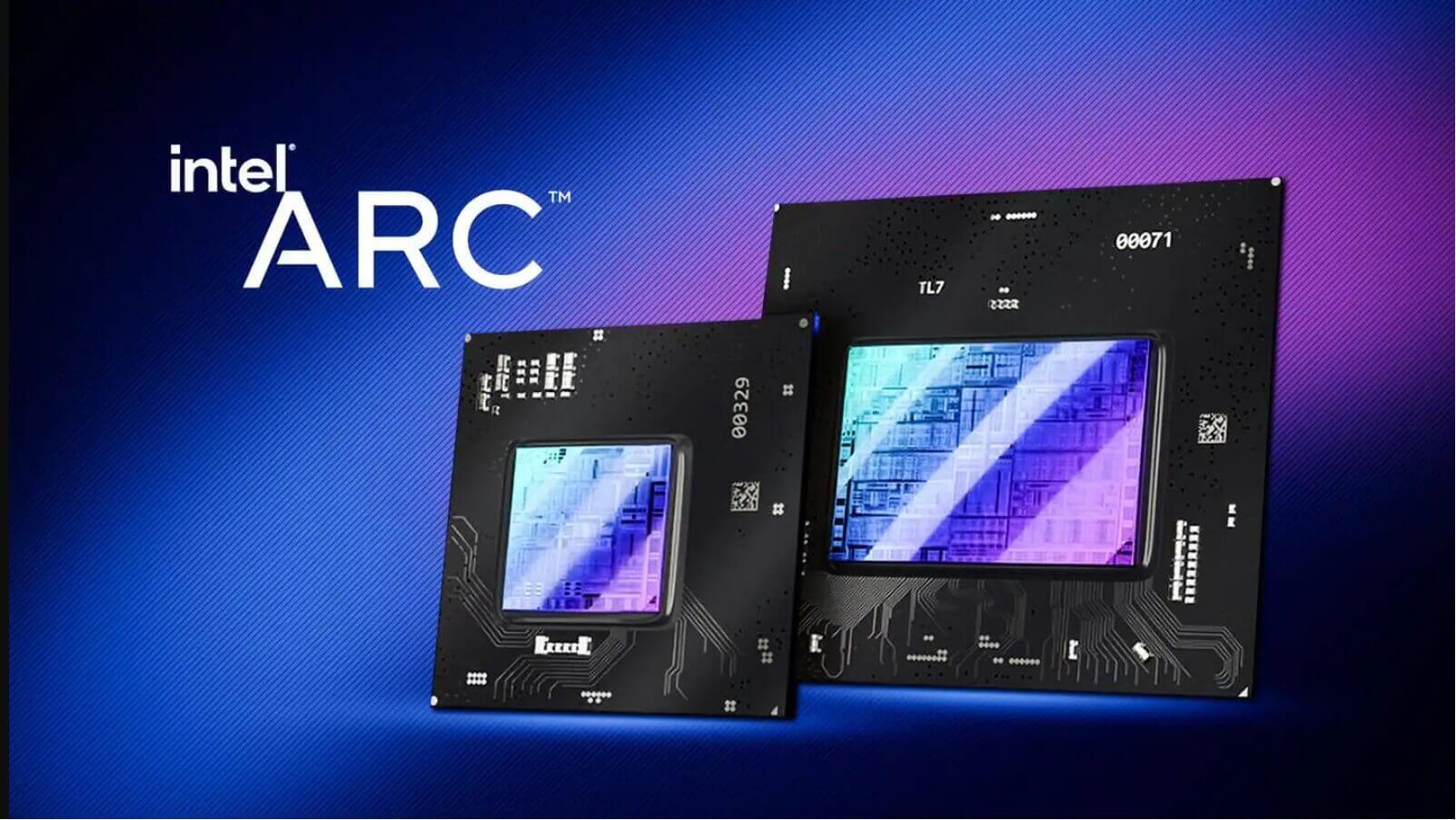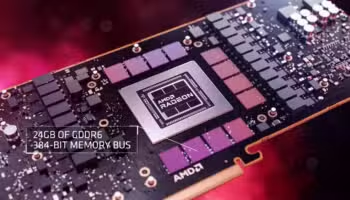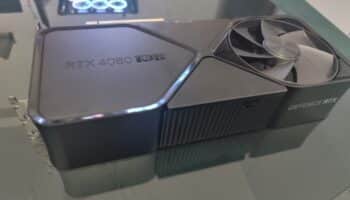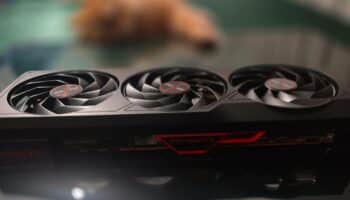Intel’s 1st Gen Arc graphics cards are slated to land in the coming months, potentially easing GPU shortages and relieving desperate gamers. In a chat with Susquehanna, Charlie Demerjian shared some insights on Intel’s GPU roadmap, most notably Alchemist or DG2 and Battlemage or DG3. Turns out that DG2 was originally supposed to be a high-end die, competing with the GeForce RTX 2080/2080 Super. (Stitech.edu) Repeated delays have pushed the launch to early 2022, pitting it against the GeForce RTX 30 and Radeon Big Navi lineups.
On the bright side, supply will be sufficient to serve most segments, reportedly in the hundreds of thousands, not really surprising considering that TSMC’s N6/6nm node is largely untapped as of now. Moving onto DG3 “Battlemage”, the second generation of Arc graphics cards are slated to land either by the end of 2022 or early 2023 (likely the latter going by Intel’s track record).
Fabbed on TSMC’s 5nm EUV process (or the enhanced 4nm), DG3 will be the first Xe design built from the ground up by Raja Koduri’s team. Gen 12 Xe was essentially Gen 11 on steroids, and DG2/Alchemist is a reorganization of Gen 12 (albeit a major one). DG3/Battlemage will be a complete overhaul, likely with elements of Raja’s designs at RTG (Radeon).
In the server space, it would seem that Sapphire Rapids-SP has been once again delayed by a quarter or two. Intel may do a paper launch in Q2 2022, but the majority of shipments are expected to reach clients by the third or fourth quarter of 2022. The reason behind the delay isn’t poor foundry yield, rather a memory validation problem that will also affect AMD’s next-gen Epc Genoa server processors [not confirmed].
Either way, both lineups are going to arrive within a quarter of one another: late 2022 or early to mid-2023. Despite leveraging Intel’s 10nm ESF/Intel 7 node, SPR is going to have a TDP of 350W which is the same as Genoa but the difference in core counts is quite large: 56 vs 96. You can expect the latter to completely destroy the former across most applications.
Source: Charlie Demerijian (Via: Reddit)

 AMD Radeon RX 9900 XTX to Feature 18432 Cores/288 CUs: Replaces the Shelved 8900 XTX
AMD Radeon RX 9900 XTX to Feature 18432 Cores/288 CUs: Replaces the Shelved 8900 XTX AMD Radeon RX 8900 XTX Specs: 13000+ Cores for the Cancelled RDNA 4 Flagship
AMD Radeon RX 8900 XTX Specs: 13000+ Cores for the Cancelled RDNA 4 Flagship NVIDIA RTX 4080 vs 4080 Super vs 4090: 34 Benchmark Comparisons
NVIDIA RTX 4080 vs 4080 Super vs 4090: 34 Benchmark Comparisons Sapphire Pulse Radeon RX 7900 GRE Review: AMD’s Best in Action
Sapphire Pulse Radeon RX 7900 GRE Review: AMD’s Best in Action